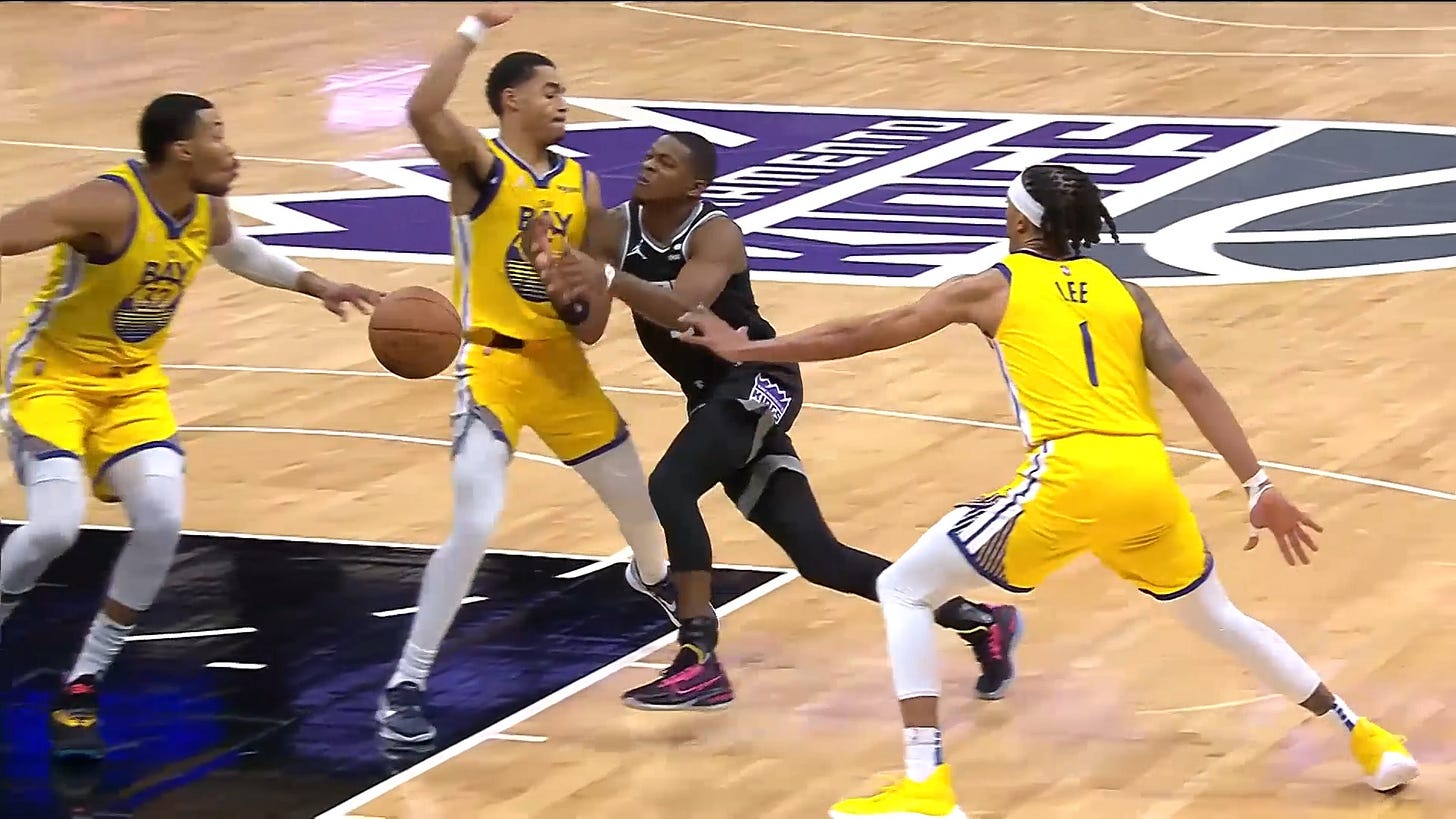The Warriors are espousing a defensive identity based on versatility and connectivity
After an abysmal defensive showing in the first half against the Kings, the Warriors put the clamps in the second half through team effort and scheme variability.
Joe Viray is our long-time colleague from Golden State of Mind (and now Rappler and other places) and I’ve bugged him for months to write for us. He finally caved in. - EA
For almost the entirety of the Golden State Warriors’ first half against the Sacramento Kings, there were glimpses of the kind of trouble they would most likely have defensively throu…
Keep reading with a 7-day free trial
Subscribe to Dub Nation HQ to keep reading this post and get 7 days of free access to the full post archives.



